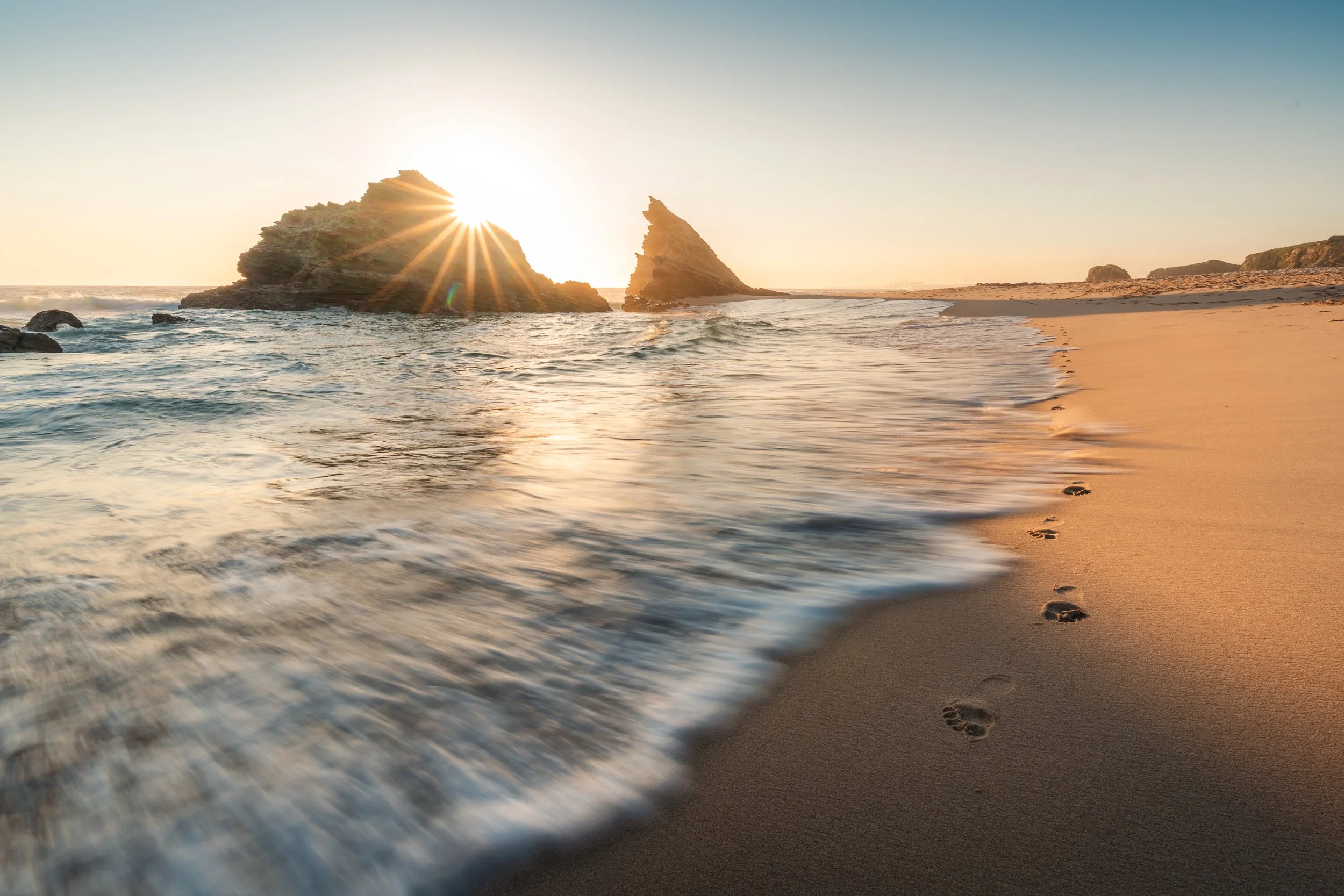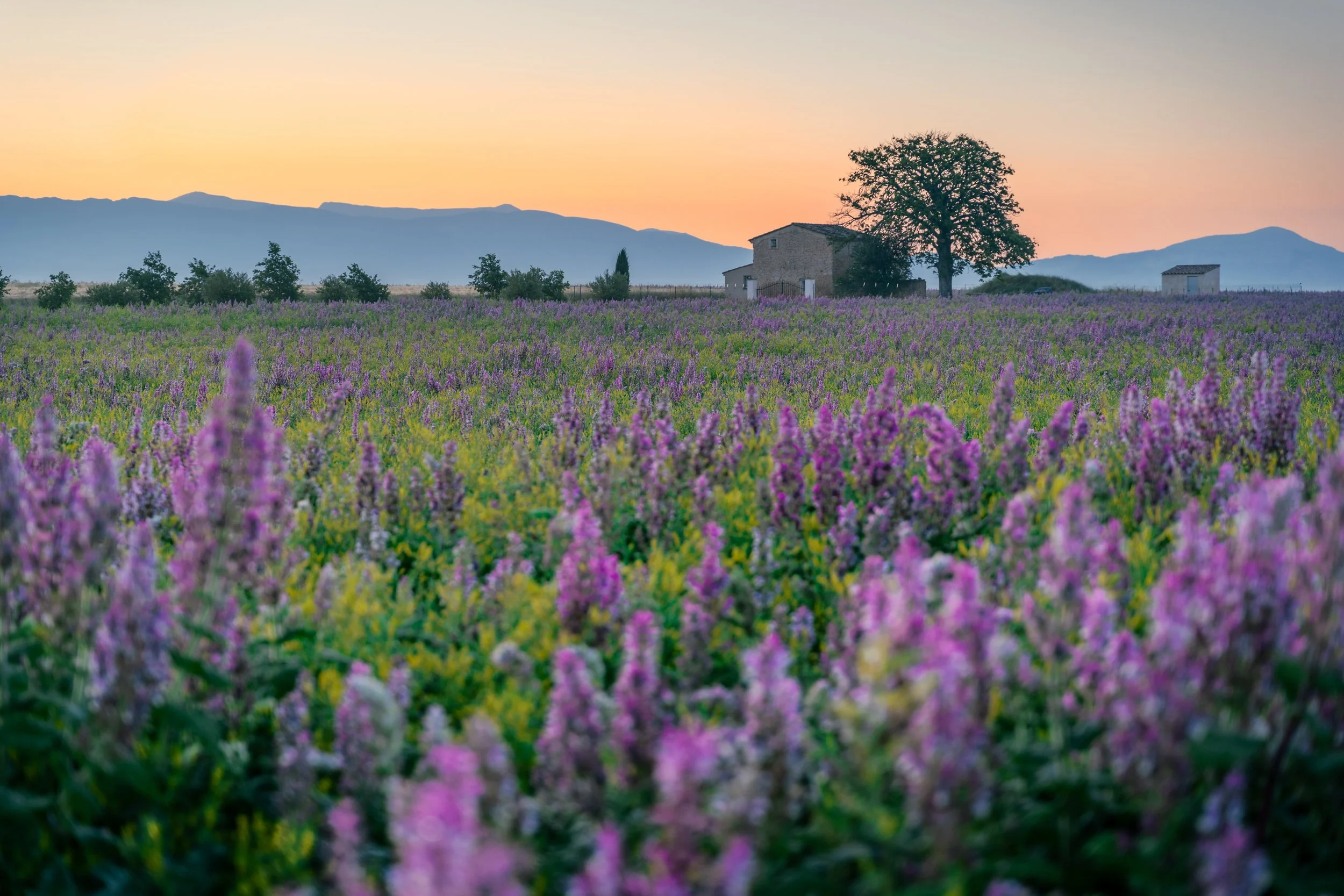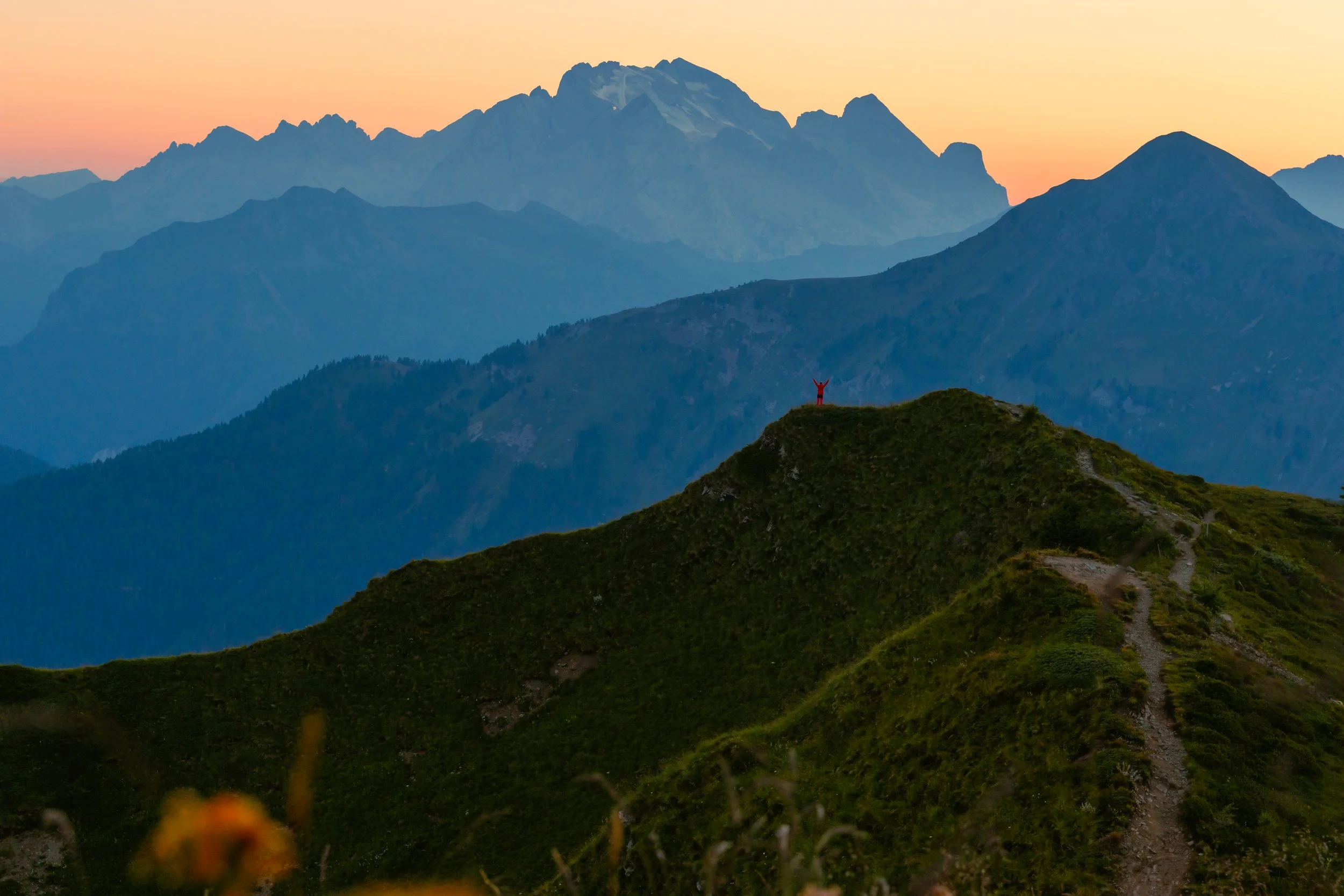What Lens Should I Use for Landscape Photography?
One of the first questions people ask when they start exploring landscape photography is: “What lens should I use?” It’s a fair question—lenses shape how we see the world through our cameras. The truth is, there isn’t one “perfect” lens for landscapes. Instead, it depends on how you want to tell the story of a place.
Let’s break it down.
The Classic Choice: Wide-Angle Lenses (10–35mm)
When most people think of landscapes, they think wide. Wide-angle lenses let you capture sweeping vistas, dramatic skies, and big foregrounds that draw the viewer into the scene.
Typical focal lengths: 10–14mm (ultra-wide), 16–24mm (classic wide), 28–35mm (moderate wide).
Best for: Grand views, mountains, seascapes, big skies.
Why: They exaggerate depth, making the foreground feel larger and pulling the viewer into the scene.
Tip: Include something interesting in the foreground—a rock, flowers, or a trail—to give your wide shot more impact.
The Overlooked Hero: Standard Lenses (35–70mm)
A 35mm or 50mm lens might not feel “epic,” but standard focal lengths are incredibly versatile. They show the world in a way that feels natural to the human eye, making your landscapes feel authentic and balanced.
Typical focal lengths: 35mm, 50mm, 70mm.
Best for: General landscapes, storytelling shots, travel photography.
Why: They avoid distortion, giving a more honest perspective.
Tip: Use these lenses when you want the place itself to shine, without exaggerated perspectives.
The Secret Weapon: Telephoto Lenses (70–400mm)
Here’s where many beginners are surprised: telephoto lenses are fantastic for landscapes. Instead of showing everything at once, they let you isolate details, compress layers of mountains, or capture atmospheric conditions from afar.
Typical focal lengths: 70–100mm (short telephoto), 135–200mm (classic landscape compression), 300–400mm (tight detail shots).
Best for: Mountain layers, distant details, moody compressed scenes.
Why: They simplify the landscape, focusing the viewer’s attention on a single element or pattern.
Tip: Try shooting distant peaks at sunrise with a 200mm lens—you’ll be amazed at the depth and drama.
So, Which Lens Should You Use?
Want to capture everything in one frame? Go wide (10–24mm).
Want a natural, balanced look? Go standard (35–70mm).
Want drama, layers, and details? Go telephoto (70–400mm).
The lens you choose shapes how your audience experiences the scene. There’s no right or wrong answer—it’s about the story you want to tell.
Final Thoughts
Landscape photography isn’t about owning every lens—it’s about learning to use what you have creatively. Some of the most iconic images were taken with a single 35mm or 50mm lens and a strong vision.
So next time you head out with your camera, ask yourself: Am I telling the story of the vastness, the honesty, or the details? That answer will guide you to the right focal length for the job.


